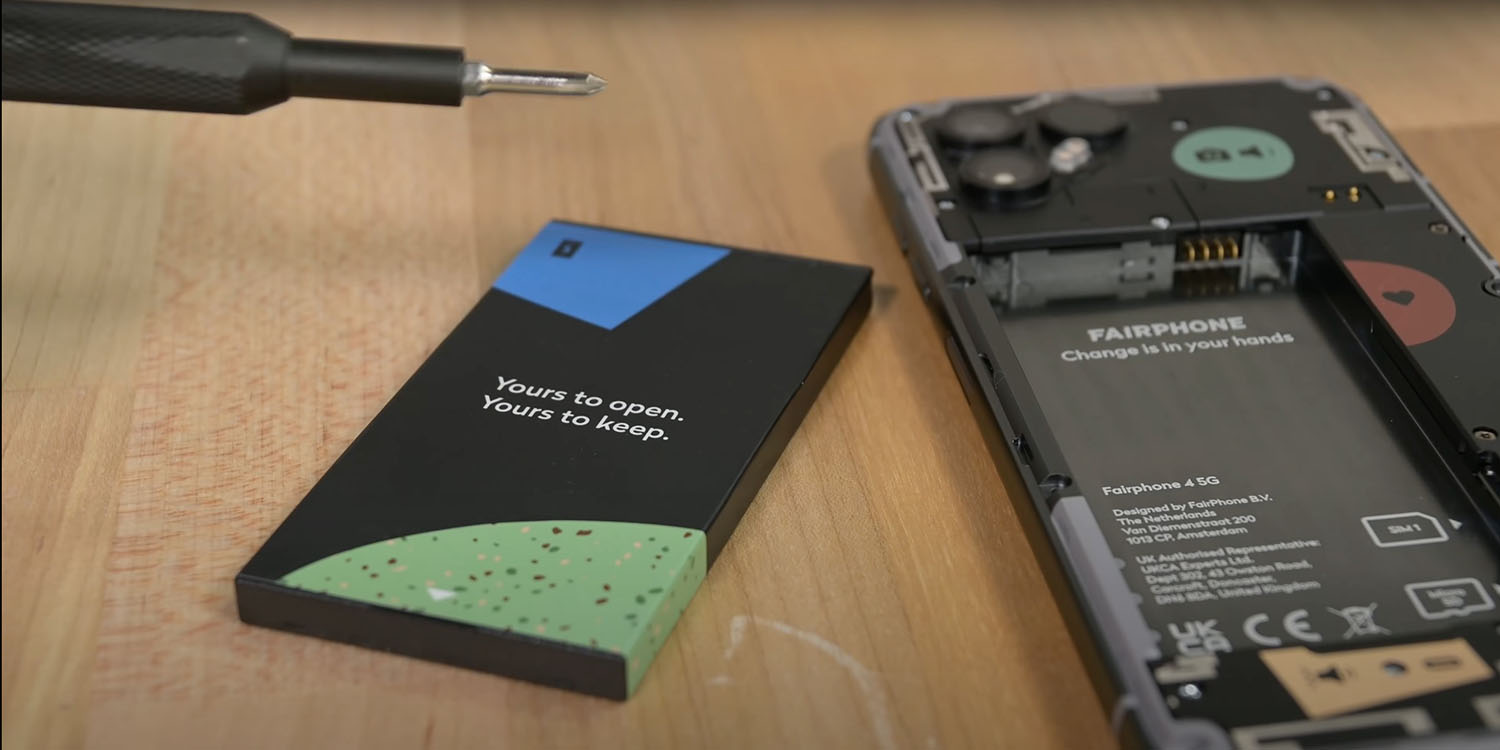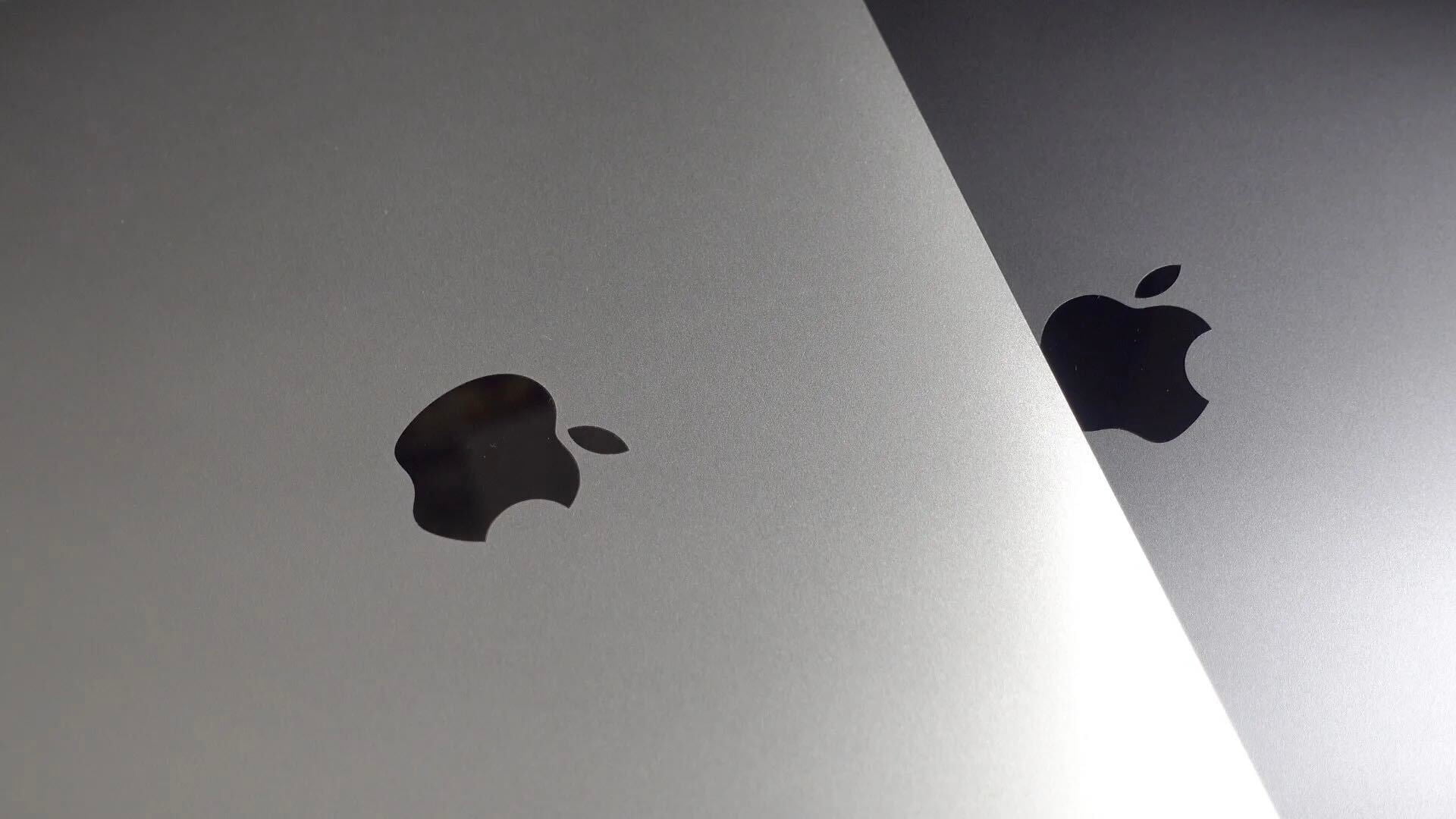
DIY iPhone battery replacement is a tricky business, and the company is facing pressure from Europe to make the process an easier one.
We’ve argued before that Apple will strongly resist legal pressure. Ironically, companies which do make battery replacement easier on their own smartphones are inadvertently helping Apple’s case …
The iPhone battery replacement controversy
Late last year, the European Union proposed new legislation which would require companies like Apple to enable consumers to “easily” replace the battery. This would seem to require a change on Apple’s part, since DIY iPhone battery replacement currently requires a certain amount of … courage.
The iFixit guide for the iPhone 14 Pro, for example, lists no fewer than 37 steps, along with 15 tools, and three separate forms of adhesive. But we noted at the time that Apple was unlikely to change the design to comply with the law – especially given its extremely vague wording.
When a fresh round of headlines appeared to indicate that Apple would have to dramatically change the design of iPhones to comply, we again urged caution.
Competitors inadvertently help Apple’s case
There are companies which try to make battery replacement easier on their Android smartphones, with CNET talking to two of them – HMD and Fairphone.
While both companies try to make the case for easier battery replacement, my view is that they kind of do the opposite. Let me explain …
HMD admits that even with its own process, available on just two of its phones, you’re still going to need to buy an iFixit toolkit to carry out the task. If buying tools is an acceptable step in the process, then that provides good ammunition for Apple to defend the need for specialist tools – especially as you can rent, rather than buy them.
Fairphone has repairability as its key USP, adopting a modular product design to simplify DIY repairs and battery replacement. However, co-founder Miquel Ballester admits the downside of this –starting with reliability.
Making a phone this way comes with compromises, as Ballester well knows. Having a fully integrated battery that’s glued into a smartphone creates a very stable connection between the power module and the other components. A replaceable battery can’t boast the same level of stability, meaning that the connection is more likely to be interrupted if the phone is dropped or if a speck of dust finds its way onto the connector […]
Dust and water can be a problem for modular phones. The Fairphone 4, which just arrived in the US, is the company’s first device to come with a waterproof rating, which at IP54 is lower than most top-end models. (The iPhone 14 has an IP rating of 68.)
Additionally, if you’re not going to shape batteries to fit around other components, and not going to glue them down, you end up with bulkier batteries. That either means phones get thicker or you sacrifice capacity to make the batteries smaller.
This is pretty much a bullet-point list of how Apple would argue in favor of current battery arrangements:
- Greater reliability
- Thinner devices
- Longer battery life
Personally, while I’m a strong advocate of right to repair and don’t believe that Apple should deliberately make DIY work harder without good reason, I have accepted that I’m one of a very small minority of people interested in delving into the innards of Apple devices – and that the tradeoffs are real.
Fairphone 4 image: iFixit
FTC: We use income earning auto affiliate links. More.


Comments